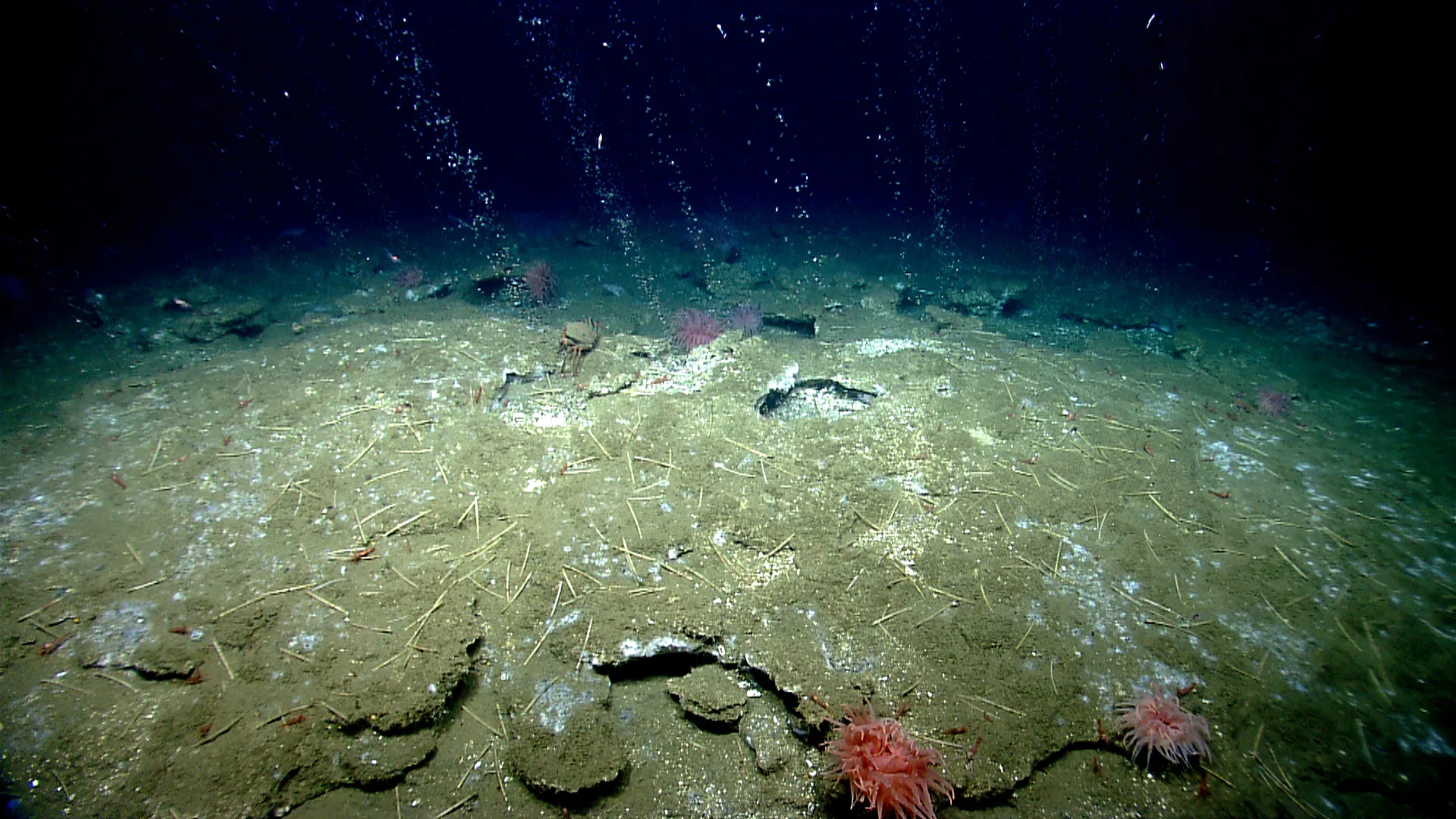Award amount: $1,258,967
Funding source(s): NOAA
IRA funding? Yes
Project duration: 4 years
Why we care
The ocean seafloor, or benthos, serves as the only long-term storage of oceanic carbon on geologic timescales. However, the interaction between ocean water and sediments and its role in carbon storage is a major knowledge gap. Understanding this feedback is important for assessing the duration of carbon storage for ocean carbon dioxide removal methods that store it in seafloor sediments.
What we will do
This project will develop a model to represent the exchange, transformations, and storage of carbon and nutrients in the sediments. The model will also simulate ecosystem interactions in sediments and assess the efficiency of seaweed aquaculture and benthic ecosystem restoration. Both methods may result in either carbon storage or production under different conditions.
Benefits of the work
Ultimately, this project will develop a modeling framework capable of resolving a range of marine carbon dioxide removal concerns related to durability, additionality, verifiability, and other aspects of sediment processes in ocean models.
Investigators
Cristina Schultz, Northeastern University
Jessica Luo, NOAA Geophysical Fluid Dynamics Laboratory
Damien Brady, University of Maine, Walpole
Enrique Curchister, Rutgers University
Samantha Siedlecki, University of Connecticut
Charles Stock, NOAA Geophysical Fluid Dynamics Laboratory
Jeremy Testa, University of Maryland Center for Environmental Sciences (UMCES)
Image: Methane seeps from the benthos in the Atlantic. Credit: NOAA Ocean Exploration



